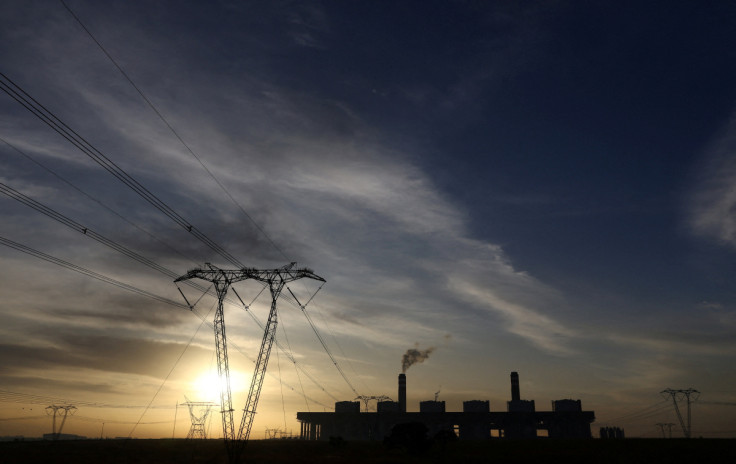Electricity Minister Suggests Switching Off Geysers To Cut Load-Shedding
Minister of Electricity Kgosientso Ramokgopa advised citizens to switch off geysers to help cut load-shedding stages.
Ramokgopa, who continues to visit power stations, gave this advice during his recent Koeberg Power Station visit in Western Cape. Moreover, he also shared that no improvement in certain power stations can be made before November.
Ramokgopa assured South Africans that they won't see any higher stages of load shedding.
"I foresee a position where we don't need to go higher than Stage 6," he said, SA News reported on Monday. "I am confident, more than confident, in our ability to address load shedding – essentially the 6000MW that are missing to help us meet the demand."
Ramokgopa also urged the people of the country to play their role in society as the government implements the Energy Action Plan (EAP), which aims to help reduce the scale of the problem.
"The focus has been on the generation side...as we attack the generation side," he said. "I think there are some issues on the demand side. Computation was done and it says we can save up to 4000MW, an optimistic case but on the low end down to 2000MW just by behavioral change."
He went on to explain that switching off geysers will help the country lower the load-shedding stages.
He continued, "Let's assume on the optimistic side, we are able to get 4000MW. That's a power station the size of Medupi, so you are able to eliminate load shedding just on the demand side. We can contribute to the resolution of this challenge."
Regarding the power station, Ramokgopa noted that coal-powered fire stations like Tutuka Power Station in Mpumalanga are underperforming and they need significant improvements, noting that there won't be any "improvement anytime earlier than in November of this year."
Ramokgopa further explained that power stations need to meet the demands disproportionately as during winters the demand for electricity will increase exponentially. The minister hoped that the Koeberg power plant will eventually match the timeframe.
However, he noted that they are likely to miss the 23 July target to get an additional 920MW. He explained, "To put it into context, that's one stage of load shedding so that was going to help us to bring it down."
"So we need to put greater emphasis on those 13 [coal-fired] power stations to improve their energy availability factor [EAF]," he said.
The minister also shared that Tutuka and Kusile power stations also need to increase their power generation, revealing that Tutuka has an energy availability factor of between 15% and 17% while Kusile has 19%.
"I did say when we went to Tutuka that it is the worst performing and we can get an additional 2500 to 3000MW [from it]," he added. "So Tutuka must do everything possible to help us in this situation and the others will keep on adding."
The electricity minister previously claimed that the load-shedding issue is a technical problem and has nothing to do with "so-called corruption."

© Copyright 2025 IBTimes ZA. All rights reserved.





















